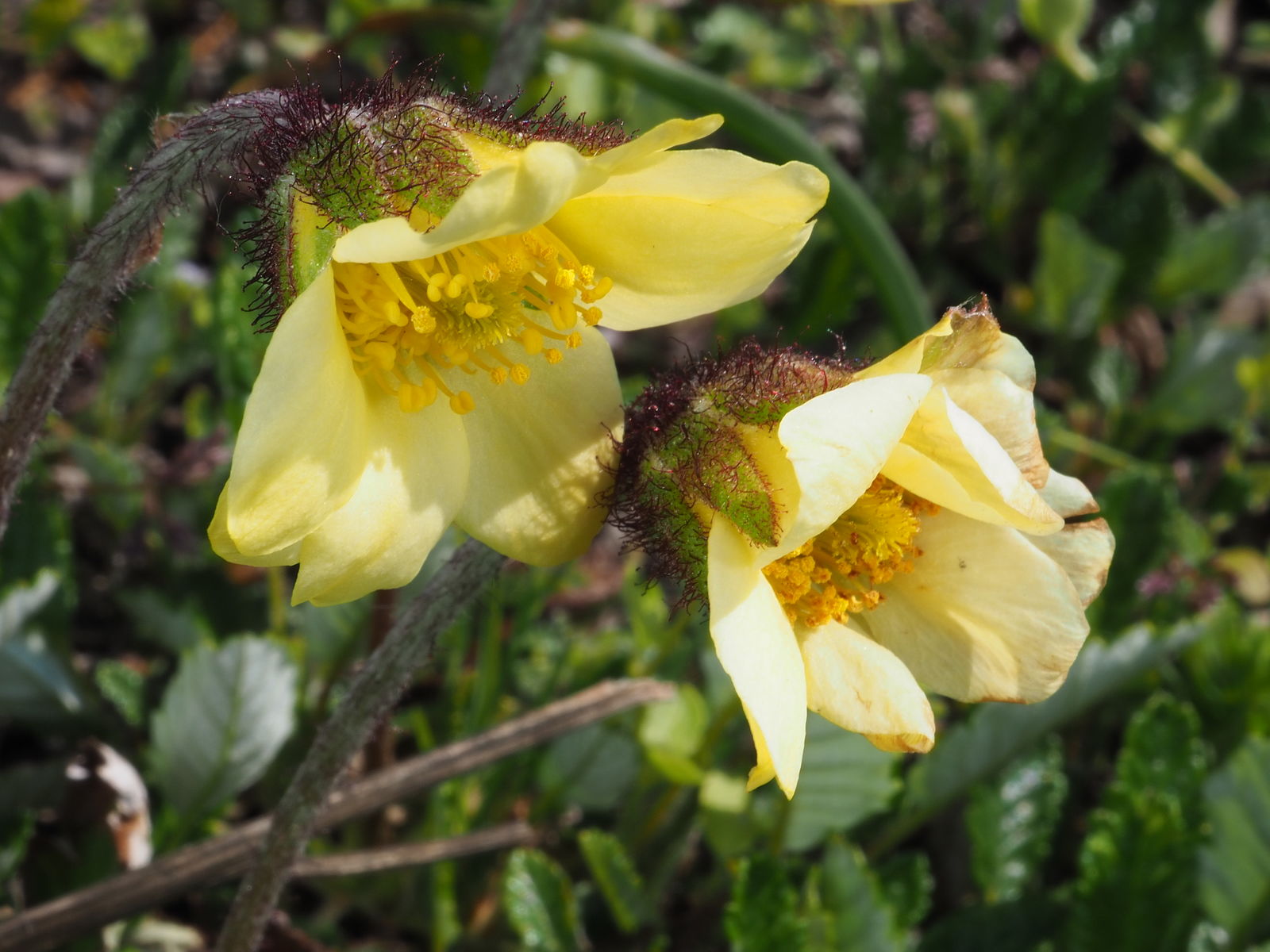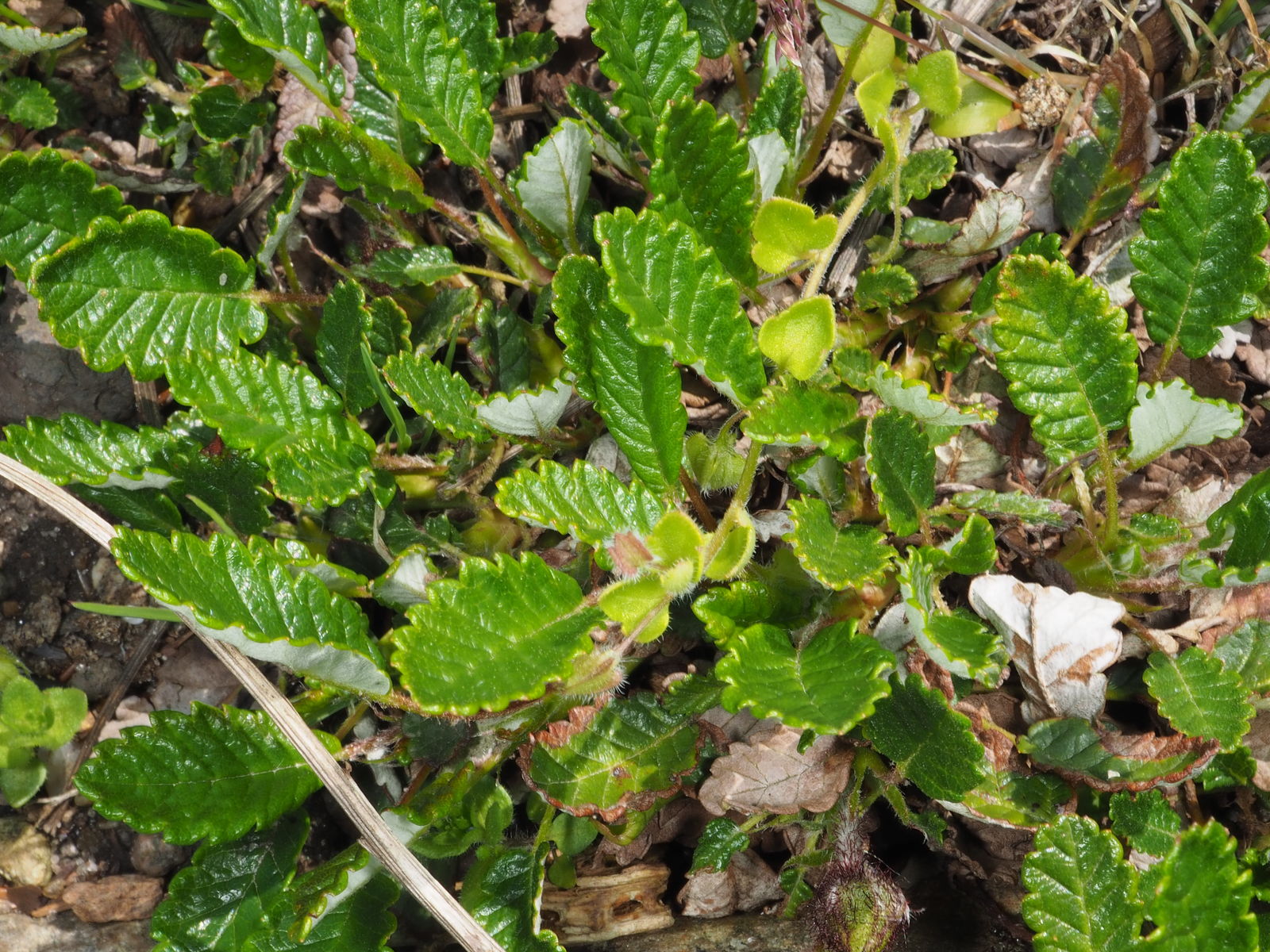Family: Rosaceae
Author: Richardson ex Hook.
Bibliography: Bot. Mag. 57: t. 2972 (1830)
Year: 1830
Status: accepted
Rank: species
Genus: Dryas
Vegetable: False
Observations: Subarctic America to NW. U.S.A.
Description
Yellow mountain-avens, scientifically known as Dryas drummondii, is a captivating plant that finds its natural habitat across the subarctic regions of North America, extending down into the Northwestern United States. This resilient species, celebrated in botanical literature since 1830 as noted in the esteemed Botanical Magazine (Volume 57, Plate 2972), was first formally described by the botanist Richardson and later detailed by Hooker.
Belonging to the diverse and widespread Rosaceae family, Yellow mountain-avens boasts noteworthy characteristics that make it a subject of interest among botanists and plant enthusiasts alike. The plant thrives in harsh, subarctic climates, demonstrating remarkable adaptability and resilience. Its ability to establish itself in such regions underscores its significant ecological role, often serving as a pioneer species in soil stabilization and revegetation efforts following disturbances such as glacial retreats and landslides.
Yellow mountain-avens typically features bright, yellow blooms that present a striking contrast against the often barren and rocky landscapes it inhabits. The flowers not only add a splash of color to these environments but also play a vital role in the local ecosystem, providing nectar and pollen for various pollinators, including bees and butterflies.
The leaves of Dryas drummondii are small, leathery, and deeply veined, with a distinctive glossy green appearance. These leaves are adapted to withstand the cold, windy conditions typical of its native range, reflecting the plant’s evolutionary maturity to survive and flourish in extreme environments.
In summary, Dryas drummondii is a remarkable specimen of botanical perseverance, embodying the beauty and resilience of subarctic flora. Its presence enriches the biodiversity of the regions it inhabits and contributes significantly to the ecological health and continuity of these areas. As such, Yellow mountain-avens continues to be a focal point of study for botanists seeking to understand and preserve the unique dynamics of subarctic ecosystems.
Common Names
Eng: drummond’s mountain-avens, yellow mountain-avens, drummond’s mountain avens, drummond’s dryad, yellow dryad, yellow mountain avens
Deu: gelbe silberwurz
Fra: dryade de drummond, dryas de drummond
Nob: gul reinrose
Nno: gul reinrose
En: Yellow mountain-avens, Drummond’s mountain-avens, Drummond’s mountain avens, Drummond’s dryad, Yellow dryad, Yellow mountain avens
Fr: Dryade de Drummond, Dryas de Drummond
De: Gelbe Silberwurz
Nb: Gul reinrose
Nn: Gul reinrose
Synonyms
- Dryas chamaedrifolia (Richardson)
- Dryas drummondii f. tomentosa ((Farr) Hultén)
- Dryas drummondii var. tomentosa ((Farr) L.O.Williams)
- Dryadaea drummondii ((Richardson ex Hook.) Kuntze)
- Dryas octopetala var. drummondii ((Richardson ex Hook.) S.Watson)
- Dryas tomentosa (Farr)
- Dryas drummondii var. eglandulosa (A.E.Porsild)
Distribution
- Alaska (native)
- Alberta (native)
- British Columbia (native)
- Labrador (native)
- Montana (native)
- Newfoundland (native)
- Northwest Territorie (native)
- Ontario (native)
- Oregon (native)
- Québec (native)
- Saskatchewan (native)
- Yukon (native)
Additional Images

© copyright of the Board of Trustees of the Royal Botanic Gardens, Kew.

© copyright of the Board of Trustees of the Royal Botanic Gardens, Kew.

© copyright of the Board of Trustees of the Royal Botanic Gardens, Kew.
Other
Taken Aug 2, 2020 by Danielle Mccloy (cc-by-sa)
Taken Aug 12, 2022 by manuseitz (cc-by-sa)
Leaf
Taken May 30, 2022 by Paproch86 (cc-by-sa)
Taken Aug 12, 2022 by manuseitz (cc-by-sa)
Taken Aug 12, 2022 by manuseitz (cc-by-sa)
Taken Aug 12, 2022 by manuseitz (cc-by-sa)
Habit
Taken Jun 6, 2022 by Tim Nitschke (cc-by-sa)
Taken Aug 20, 2012 by Frank Hübner (cc-by-sa)
Taken Jan 1, 1900 by EOL − Howard, R.A. (cc-by-nc-sa)
Taken Sep 18, 2007 by EOL − Gerald and Buff Corsi (cc-by-nc-sa)
Taken Aug 12, 2022 by manuseitz (cc-by-sa)
Flower
Taken Jan 1, 1900 by EOL − Jason Hollinger (cc-by)
Taken Jan 1, 1900 by EOL − Encyclopedia of Life (gpl)
Taken Jan 1, 1900 by EOL − NPS / Jacob W. Frank: Denali National Park and Preserve (cc-by)
Taken Jun 29, 2011 by EOL − Gerald and Buff Corsi (cc-by-nc-sa)
Taken Jan 1, 1900 by EOL − Meneerke bloem (cc-by-sa)
Fruit
Taken Jan 1, 1900 by EOL − Encyclopedia of Life (gpl)
Taken Jan 1, 1900 by EOL − Encyclopedia of Life (cc-by-sa)
Taken Jan 1, 1900 by EOL − Encyclopedia of Life (cc-by-sa)
Taken Jan 1, 1900 by EOL − Encyclopedia of Life (cc-by-sa)
Taken Jul 25, 2022 by Naïs LE GAL (cc-by-sa)
Sources
- WFO (No URL)
- IPNI (No URL)
- GBIF (https://www.gbif.org/species/5364173)
- POWO (http://powo.science.kew.org/taxon/urn:lsid:ipni.org:names:84233-2)
- PlantNet (https://identify.plantnet.org/species/the-plant-list/Dryas drummondii Richardson ex Hook.)
Specifications
Growth form>: Single Crown
Growth habit>: Shrub, Forb/herb, Subshrub
Growth rate>: Slow
Growth
Ph maximum: 7.5
Ph minimum: 6.0





















